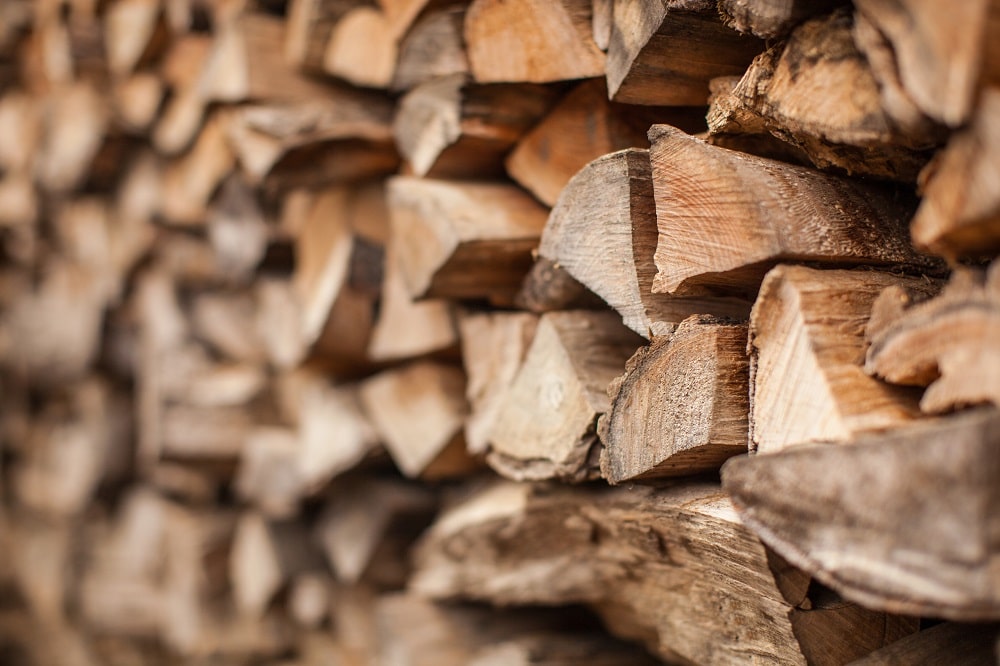Go to almost any high-quality restaurant these days, and you’re likely to find at least one wood-grilled item on the menu. Why? It’s because when it’s well-prepared, firewood provides some of the best flavors to meat, fish, and vegetables that you’re ever going to eat.
When wood is utilized to give your dish a truly smoky flavor, there’s really nothing like it — and when it comes to adding flavor, charcoal and gas simply cannot achieve what you get from firewood. However, the drawback to using firewood is that you need to know exactly what type of wood makes sense to use, as using the wrong kind of firewood with your meal can have disastrous results. Here are a few things to keep in mind when working with wood burning grills.
Always Use Seasoned Wood
If you’ve never worked in the firewood business, you might not know that wood is not ready to use right when a tree is chopped down. At that point, it’s still filled with moisture from being alive and is referred to as “green wood.” All of that moisture is vital for the tree to live, but when you’re trying to cook, it’s a disaster waiting to happen. Green wood can cause a buildup of creosote, and instead of getting that perfect smoke flavor, you’re going to create a fire in your grill.
When grilling, you always want to make sure that your wood is at least six months to a year old. This is referred to as “seasoned wood,” and it basically means that the wood has been aged and aired out long enough to remove the moisture and create the ideal texture for building a fire and smoking your meats. Buying your firewood from a reputable firewood dealer will ensure that you know exactly when the time is right to use your wood for that perfect flavor.

Choose the Right Wood for Each Food
There are a lot of different ways that you can go when it comes to your firewood. Oak and maple are among the most common, but fruit and nut trees such as cherry and pecan are also good choices for the right foods. If you pick a wood that’s too strong for the food you’re serving, your smoky addition will end up overwhelming your protein. Pick a lighter wood for a stronger food, however, and you’ll lose the ability to impart any flavor at all.
A good rule of thumb is to pair heavy hardwoods such as oak and hickory with richer, more flavorful meats. These meats will be able to absorb the flavors from the wood and use them to complement their natural flavors for a perfect smoky finish. Conversely, apple, pecan and cherry woods, or something lighter such as maple, will work beautifully with chicken or fish, as these proteins don’t have a lot of flavor on their own and don’t need something as robust as red oak.
Don’t Forget The Fat
Wood-grilled items need to have some fat in them to help absorb the smoky flavor that you want imparted on your meat. Make sure that anything you put on the grill is either marbled with fat already or has enough oil in it or on it to allow it to absorb the smoke and get that added boost of flavor. If it doesn’t have much fat on it, olive oil is an excellent solution.
When it comes to making great food, having the right equipment and ingredients is nine-tenths of the equation. If you’ve got quality wood available and know how to prepare your food, working with wood burning grills from Champion Tuff Grills can be the thing that takes your restaurant to the next level and keeps customers coming back for more! Visit www.championtuffgrills.com for more information.
